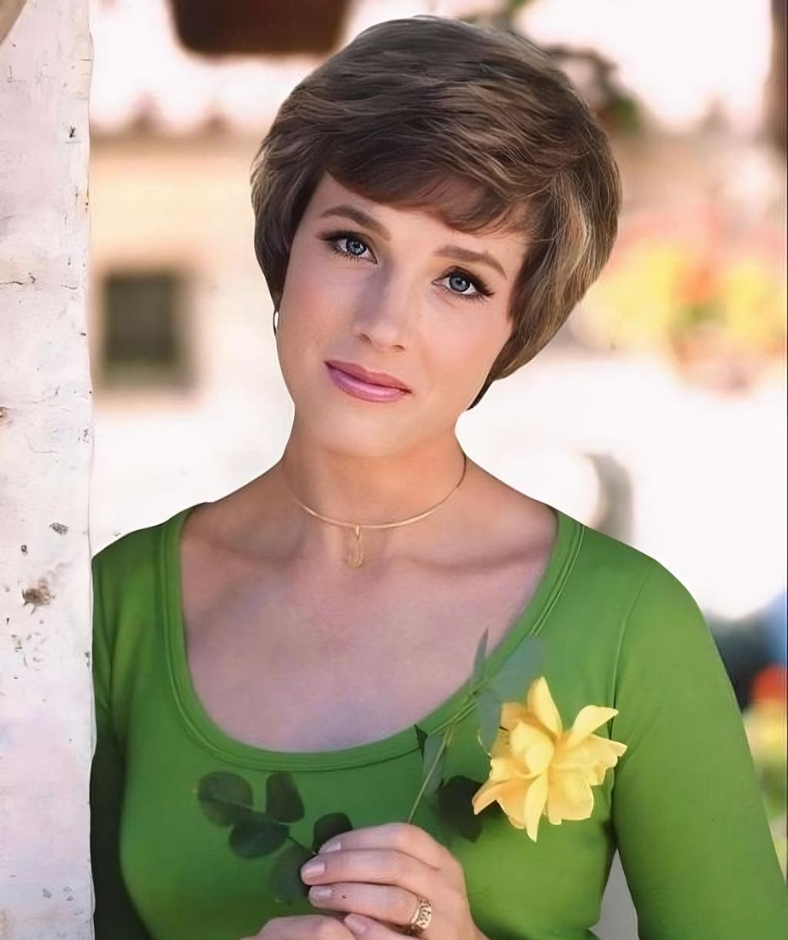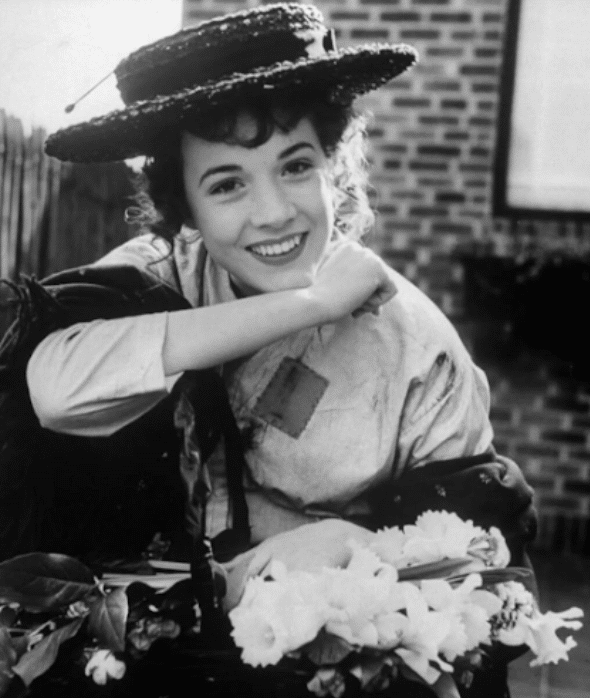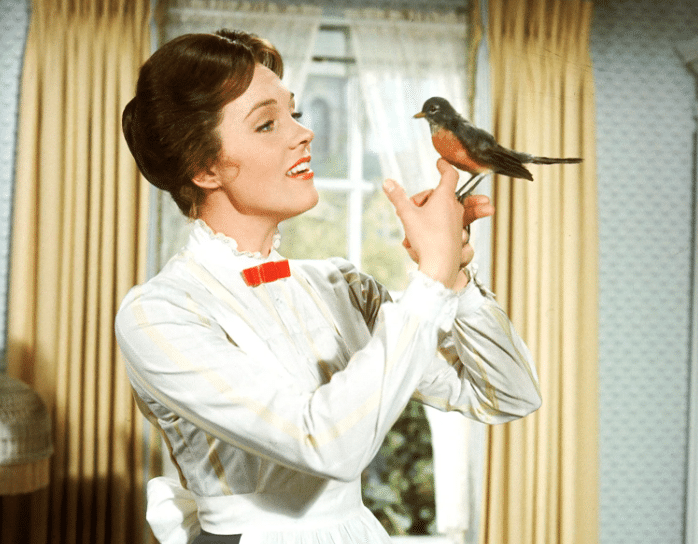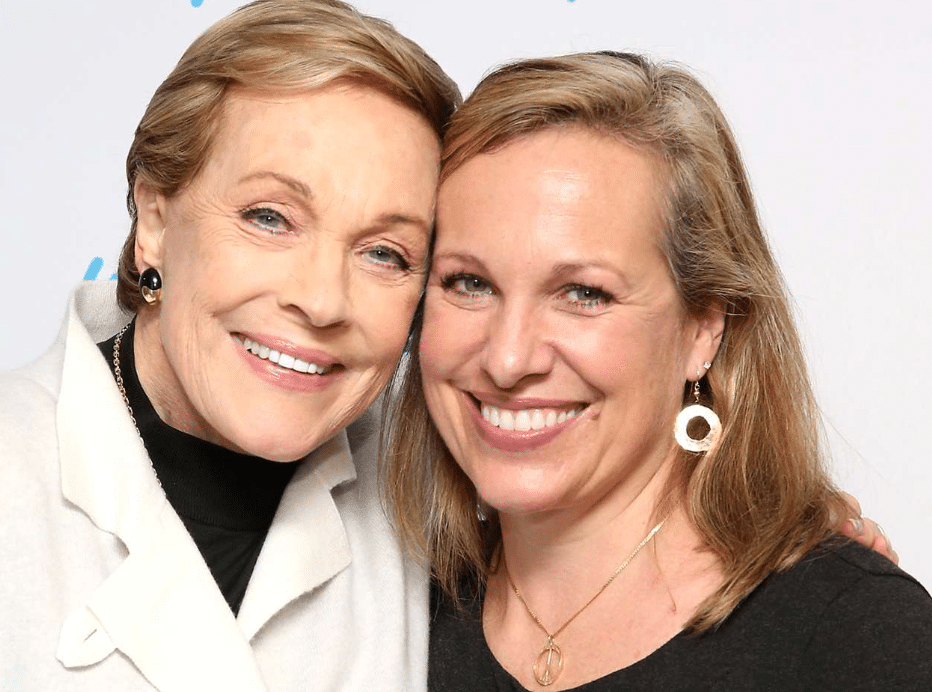Julie Andrews’ career began with two iconic films: “Mary Poppins” and “The Sound of Music, the English actress and singer cemented her status as a beloved cultural icon. However, what’s often overlooked is the remarkable second act that unfolded for Andrews in the twilight of her career.”
These roles alone established her as one of Hollywood’s most beloved stars, ensuring that generations continue to sing along to her memorable performances.
However, these were just the start of a remarkable career spanning eight decades. Today, Andrews is also known as a children’s book writer, collaborating with her daughter, Emma Walton Hamilton. Their latest book, “Waiting in the Wings,” offers a unique perspective on the theater through the eyes of a duck, based on a true story.

Thirty years ago, a surgical mishap ended her singing career. Initially devastated, Andrews found new purpose when her daughter, Emma, suggested that writing children’s books was another way to share her voice. This realization helped her move forward and embrace her new creative outlet
Andrews’ love for books dates back to her childhood during the Blitz in World War II London. Despite her parents’ separation, her stepfather discovered her extraordinary four-octave soprano voice. As a teenager, “Little Julie” supported her family, even paying the mortgage. “We needed cash dreadfully,” Andrews explains.

Despite her early success, Andrews didn’t initially aspire to stardom. At 19, she landed her first Broadway lead in “The Boy Friend,” despite lacking formal acting training. By 20, she was the iconic Eliza Doolittle in “My Fair Lady,” and in 1960, she played Guenevere in “Camelot,” catching Walt Disney’s eye for “Mary Poppins,” a role that won her an Academy Award.

Throughout her career, Andrews has epitomized grace and gratitude. Reflecting on her journey, she laughs about her good fortune, echoing Maria’s line from “The Sound of Music”: “Somewhere in my youth and childhood, I must have done something good.”

The story of Julie Andrews’ reinvention in her later years stands as a testament to the power of adaptability, creativity, and the refusal to be defined by one’s past successes. It serves as an inspiring example of how icons can redefine themselves, defying expectations and continuing to captivate audiences in unexpected ways. As we celebrate the enduring legacy of this legendary performer, we are reminded that the most extraordinary acts can often occur in the twilight of a celebrated career.